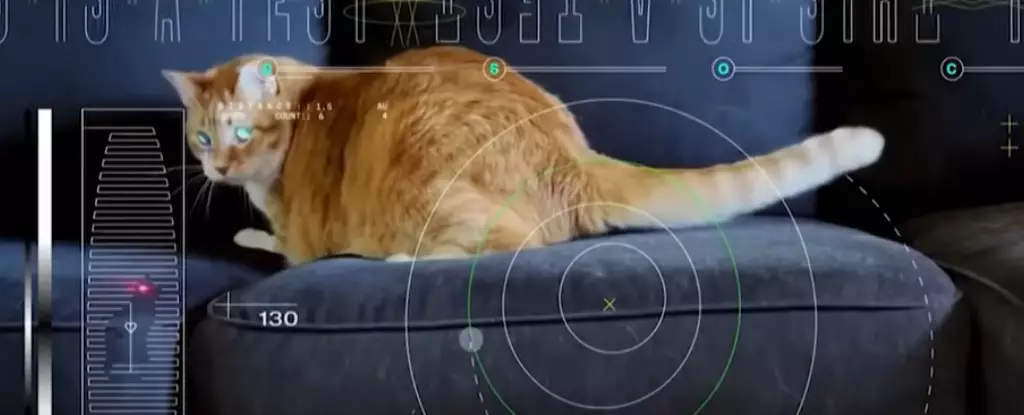NASA’s Psyche mission, aiming to explore a unique metal-rich asteroid located in the main asteroid belt, represents a significant breakthrough in space communication technology. Taking inspiration from historical communication methods like Morse code used by ships navigating through the night, NASA has adapted these principles to facilitate communication over astronomical distances—specifically, 240 million miles away from Earth. This endeavor not only demonstrates ingenuity but also highlights the powerful advancements in optical communication methods that are gradually replacing traditional radio-frequency systems.
The mission utilizes a laser transceiver that operates at a specific frequency of infrared light. This innovation is pivotal because higher frequencies typically allow for the transmission of larger datasets at rapid speeds. NASA has successfully tested this technology during Phase I of its Deep Space Optical Communications experiment, sending and receiving data at speeds that overshadow the old dial-up internet we often deride. This transition from analog to digital communication channels has transformative implications for how we engage with space missions.
During its initial operational phase, the Psyche spacecraft achieved an impressive data transmission rate of 267 megabits per second when it was near Mars. For context, this speed is not only comparable to a wired broadband connection on Earth, but it also exemplifies the potential of cutting-edge optical communication systems that NASA is pioneering. As the distance increased—specifically when Psyche reached approximately 390 million kilometers from Earth—NASA maintained a download speed of 6.25 megabits per second. While this is significantly lower than the peak rates observed during closer passes, it remains far superior to traditional radio signals transmitted over similar distances.
The performance metrics observed during the mission reaffirmed a scientific principle: as the distance from the base station increases, the communication data rate decreases in a predictable manner based on the inverse square law. This reinforces the notion that optical communication technology holds the promise of more efficient and higher-capacity data transfer in space exploration.
As part of the testing sequence, NASA’s team humorously decided to send an ultra-high-definition video of a cat named Taters chasing a laser pointer. This peculiar choice was not just a quirky decision; it served as a practical demonstration of the system’s capabilities. Utilizing bandwidth to send a light-hearted piece of content offers a tangible comprehension of data rates in a way that is relatable to the general public. It also accentuates the idea that scientific advancements need not be dull or overly technical—they can engage a broader audience, kindling public interest in space technology.
This novel approach also emphasizes that experimental protocols can be both serious and lighthearted. By using such a whimsical medium, NASA nurtures a connection with the public, fostering support for future missions while showcasing the immense potential of its technologies.
As Phase I of the Psyche mission wraps up, the team is ambitiously looking ahead to Phase II, which is set to recommence in November. This phase will aim to validate the operational longevity of the laser communication system, with an objective to maintain functionality for over a year. The ultimate goal is to prepare for a full operational mode projected for 2024, aligning with Psyche’s scheduled arrival at the asteroid in 2029.
Asteroid exploration holds significant scientific value, particularly in understanding the building blocks of planet formation. Therefore, the success of Psyche’s communication systems is crucial not only for the asteroid mission but also sets the stage for subsequent explorations of the cosmos. An additional backup radio frequency communication system on board ensures that if the optical system were to falter, there remains a dependable alternative—further emphasizing the mission’s robustness.
As we proceed further into the realms of space exploration, Psyche shines a beacon of hope and innovation, ensuring that humanity is equipped with the tools needed to explore not just the stars but the limitless possibilities they represent.


Leave a Reply